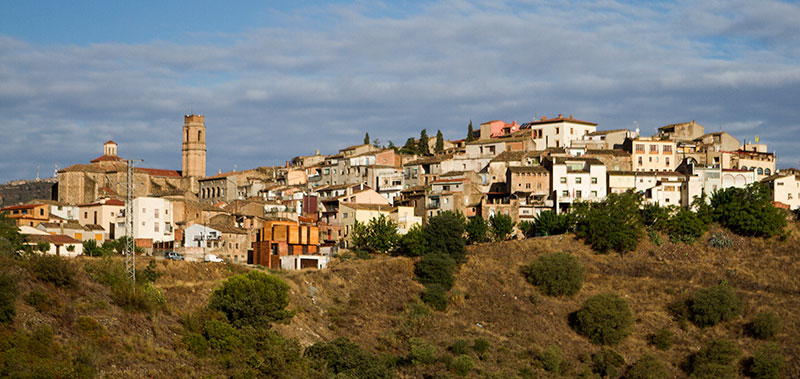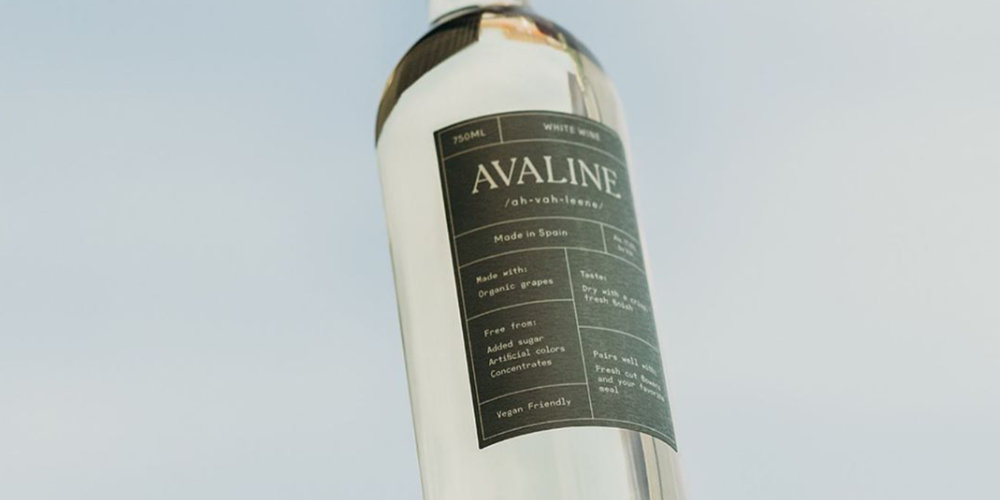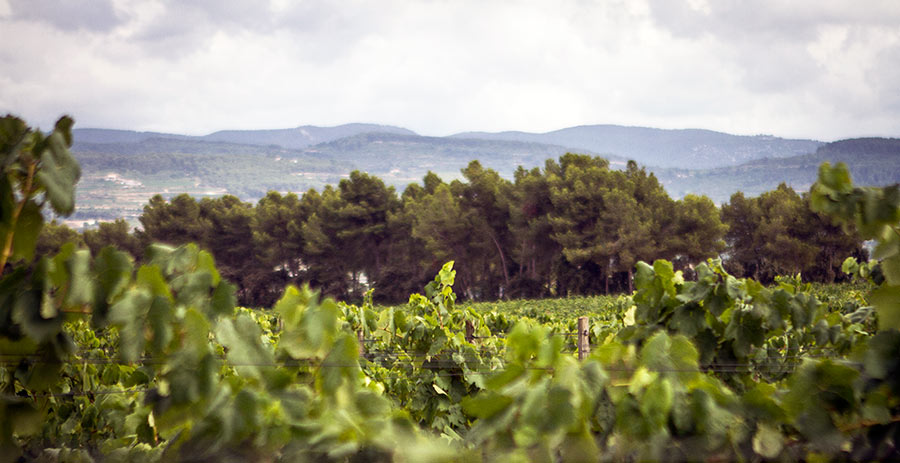The memories are hazy from when I was a child walking into the first supermarket in my hometown. There was a glass front to the store which let in a stream of daylight. It always glistened and sparkled on the cages full of returned bottles that sat next to the shopping carts. Every brand was there, from Coca Cola to Sprite and from Coors to Budweiser. And then in short order, they were no more. I can’t remember when, but it seemed like from one day to the next we […]


